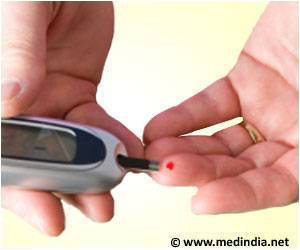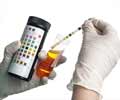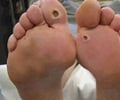Improving detection of prediabetes would save the US health care system and patients money by motivating subjects with prediabetes to seek preventative care.

‘With the increasing prevalence of type 2 diabetes, coming up with methods to catch and stop the disease is a public health imperative.’





Dr. Ike S. Okosun, director of the Division of Epidemiology and Biostatistics at the School of Public Health, said improving detection of prediabetes would save the American health care system and patients money by "motivating subjects with prediabetes to seek preventative care." "Given the increasing prevalence of type 2 diabetes, coming up with methods to catch the disease and stop the disease is a public health imperative," Okosun said. Current methods can miss cases of prediabetes, giving some people a false sense that they are free of the condition.
Most people being tested for prediabetes undergo either a fasting plasma glucose (FPG) test, which measures their blood sugar after a period of not eating--usually a few hours--or an oral glucose test (OGT), which measures their blood sugar soon after consuming a certain amount of carbohydrate. The American Diabetes Association supports the use of a different test, the hemoglobin A1C (HbA1C) test, to diagnose patients with type 2 diabetes.
Okosun's study noted that the OGT is the benchmark diagnostic but is also "laborious and uncomfortable to patients." Measuring both a person's fasting plasma glucose (FPG) and hemoglobin A1C (HbA1C) results in more accurate prediabetes detection across age, race/ethnicity and body mass than using only one of the tests, the researchers found.
Combining all three tests did not improve the overall detection of prediabetes beyond what was observed using the FBG test along with the HbA1C, the researchers found. The research findings were based on analysis of data from the 2007-2008 National Health and Nutrition Examination Surveys provided by the U.S. National Center for Health Statistics at the Centers for Disease Control and Prevention.
Advertisement















